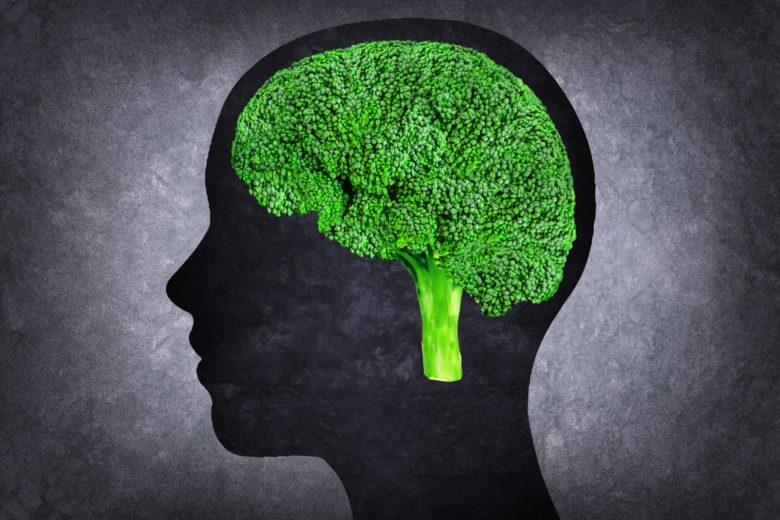
Ask any dietitian and they will matter of factly tell you that they believe the profession is in an awkward transition.
Until a few decades ago, most dietitians were thought of as “food service people.” Historically, dietitians didn’t spend as much time seeing and diagnosing patients as they did working with the kitchen staff to provide the right meal, with the right consistency, at the right time. Granted the food-service component of dietetics is still very much needed, but nowadays it is far too common to see dietitians working in an office that is separated from both the kitchen and the medical units. No longer integrated with food service, but not yet unified with the medical team.
Which brings me to my next point: where the profession is heading. In many respects, I believe it’s headed in all directions.
The Future of Healthful Food
The Council of Future Practice is a subgroup within the Academy of Nutrition and Dietetics that uses market research to outline the profession’s future. In its 2017 report, the CFP identified 10 priority change drivers that are predicted to have the greatest effect on RDs. Perhaps one of the most impactful drivers when it comes to how the profession interacts with food is the recent explosion of consumer demand for food that has greater transparency while being farmed both locally and sustainably. Dietitians carry a unique set of skills that positions them front and center for the coming paradigm shift, should they choose to pursue food-sector jobs. Though many criticize dietitian involvement with larger food companies, RDs adept at food-system production stand the greatest chance of leading the next wave of consumer awareness.
The Future of Clinical Nutrition
As for clinical dietitians, maintaining relevancy in the rapidly evolving world of healthcare means tackling one of their greatest hurdles, reimbursements. Back in 2003, the Academy of Nutrition and Dietetics adopted an improved system for charting known as the Nutrition Care Process (NCP). While this provided a greater level of precision for clinical documentation, what it didn’t address was the standardized language required for hospitals to bill for dietitian care. Taking a cue from the International Classification of Diseases (ICD-10) used by physicians, the profession began developing a standardized set of nutrition diagnoses now known as The International Dietetics and Nutrition Terminology (IDNT). With the proper legislation, the IDNT allows for consistent coding (and subsequent billing) of clinical nutrition care across the country. What this means is that a code for diabetes gets treated with a specific plan of action, which then determines diet, education, and supplements. This idea of following protocols is already utilized in most disciplines of medicine and is a much-needed step toward receiving financial reimbursement for every patient seen by an RD. When we talk about ways to increase RD compensation, this is a huge one.
The Future of Private Practice Dietitians
This is the part where non-dietitians can tune back in, the part that could change your relationship with nutrition. It has long been my hope that the future dietitian will be seen more like a dentist than anything else. Not in the sense of, “awesome … another painful appointment,” but rather that people will visit them once or twice a year for a checkup. Imagine a world where every six months people visited their family dietitian. The RD would have access to genetic profiles for each patient, as well as detailed accounts of diet and medical history from birth onward. From there, routine checkups could include reviewing blood work and microbiome analysis, all combined into a custom and tailored diet prescription.
Sound far-fetched? Instead imagine a world where no one visited the dentist until their teeth started rotting at age 45. How many teeth could be salvaged? How many habits could be un-learned? This is how dietetics still plays out in the U.S., but it’s unlikely to remain that way much longer. Just like the clinical RD, the future of private practice dietitians rests on improving the way insurance companies reimburse for preventive care.
A New Branch of Dietitians
These are what I call “Mobile Diet Coaches.” The market for mobile health apps has skyrocketed in recent years and one of the top requests for these services is diet coaching. Whether communicating over telephone, chat or videoconference, having a dietitian just a swipe away is fast becoming commonplace. The good and bad of this is that, despite the huge demand, it rarely provides full-time work. Mobile diet coaches often end up employed by multiple services without receiving benefits or balancing the work with their day job. Like it or not, the demand for per diem RDs will only go up as these startups mature.
Conclusion
When I say that I believe the profession is in an awkward transition, that in no way means demand for dietitians is declining. On the contrary, the profession is expected to experience healthy growth for the foreseeable future. While many of these jobs won’t be in the traditional avenues of clinical nutrition and foodservice, consumer-facing roles provide the unique opportunity to provide nutrition guidance before serious health problems arise. This transition from healthcare to the private sector might not be quick — and definitely won’t be easy — but if you’re a dietitian willing to explore new ways to reach an increasingly obese nation, the future dietitian might just be you.




